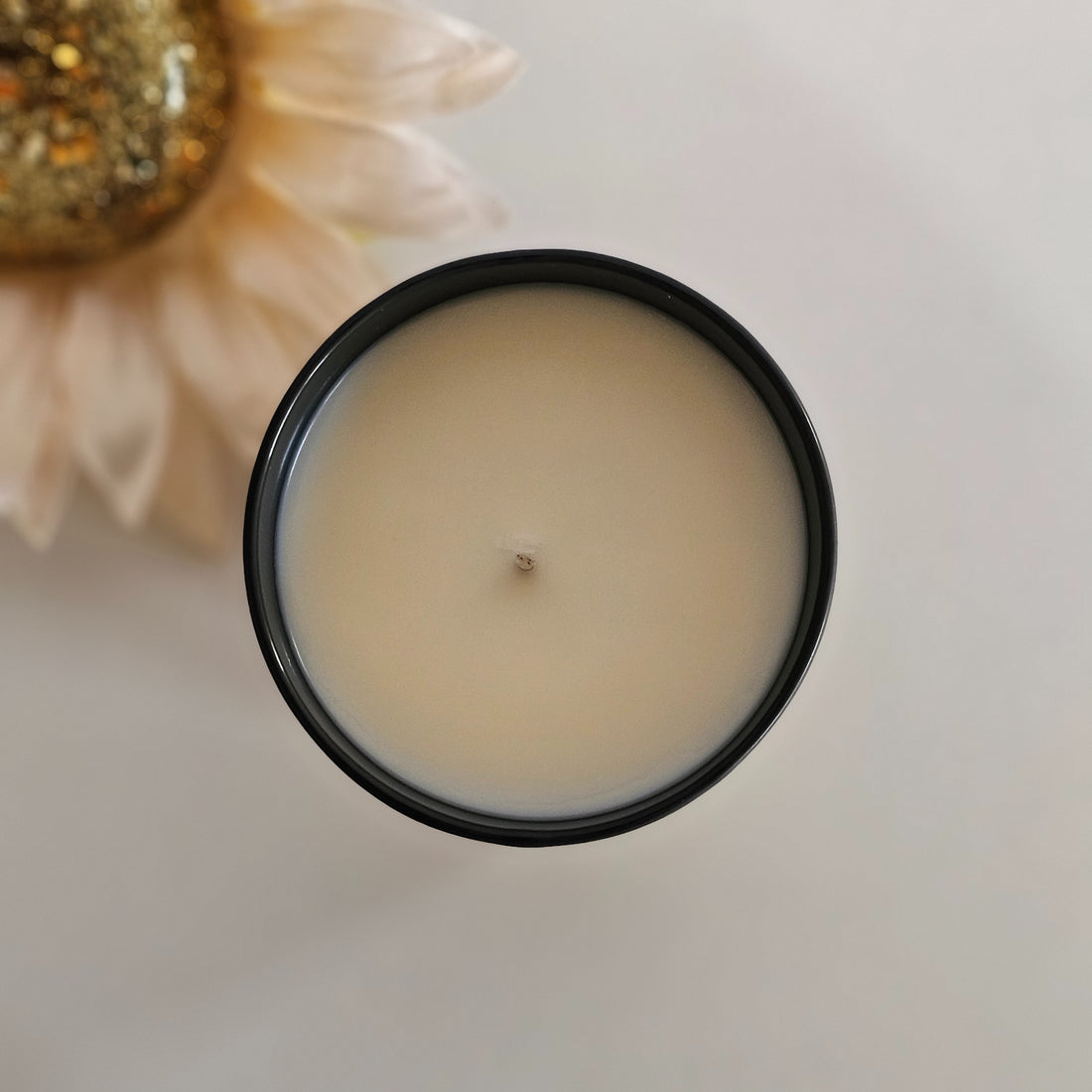
Are Candles Bad for You? Unveiling the Truth
Share
Candles have been a source of light, ambiance, and tranquility for centuries. From romantic dinners to relaxing baths, they are often used to create a peaceful and inviting atmosphere. However, in recent years, concerns have arisen about the potential health risks associated with candle use. Are candles bad for you? Let’s explore the science behind these concerns and determine whether your favorite flickering flames are a cause for worry.
The Ingredients: Wax, Wick, and Fragrance
To understand the potential health impacts of candles, it's important to look at their main components: wax, wicks, and fragrances.
-
Wax: Candles can be made from various types of wax, including paraffin, soy, beeswax, and palm wax. Paraffin wax, a byproduct of petroleum, is the most common type used in candles. When burned, paraffin wax can release volatile organic compounds (VOCs) such as toluene and benzene, which are known carcinogens. In contrast, natural waxes like soy and beeswax produce fewer pollutants when burned.
-
Wicks: Candle wicks can also vary. Traditionally, wicks contained lead to keep them upright, but lead-core wicks have been banned in many countries due to their toxic emissions. Most modern candles use cotton or paper-core wicks, which are safer alternatives.
-
Fragrances and Dyes: Scented candles often contain synthetic fragrances and dyes that can release harmful chemicals when burned. Some of these chemicals, like phthalates, can disrupt hormones and contribute to respiratory issues.
Potential Health Risks
Indoor Air Quality
One of the main concerns with burning candles is indoor air pollution. When candles burn, they emit soot and various chemicals that can degrade indoor air quality. This is particularly concerning in poorly ventilated spaces. Breathing in these pollutants over time can lead to respiratory issues, especially in people with pre-existing conditions like asthma or allergies.
Allergens and Irritants
Fragranced candles can release allergens and irritants that may cause headaches, dizziness, or allergic reactions in some individuals. Essential oils used in natural candles can also trigger allergic responses in sensitive individuals.
Long-Term Exposure
Long-term exposure to the chemicals released by burning candles, particularly those made from paraffin wax, may pose health risks. Studies have linked these chemicals to an increased risk of cancer and other health problems, although more research is needed to fully understand the long-term impacts.
Safer Alternatives
If you love the ambiance that candles provide but are concerned about potential health risks, consider these safer alternatives:
-
Natural Wax Candles: Opt for candles made from natural waxes such as soy, beeswax, or coconut. These produce fewer pollutants and are generally considered safer for indoor use.
-
Unscented Candles: Choose unscented candles to avoid the chemicals associated with synthetic fragrances.
-
Proper Ventilation: Ensure good ventilation when burning candles to help disperse any pollutants. Open windows or use air purifiers to improve indoor air quality.
-
Battery-Operated Candles: For ambiance without any of the risks, consider using battery-operated LED candles. They mimic the flickering effect of real candles without emitting any pollutants.
Conclusion
While the occasional use of candles is unlikely to cause significant harm, regular use, especially in poorly ventilated areas, can contribute to indoor air pollution and potential health issues. By choosing candles made from natural materials and ensuring proper ventilation, you can minimize these risks and continue to enjoy the warm, soothing glow of candlelight.
In summary, candles can be part of a healthy lifestyle if used thoughtfully and sparingly. Being aware of the ingredients and potential risks allows you to make informed choices and enjoy the beauty and tranquility of candles without compromising your health.